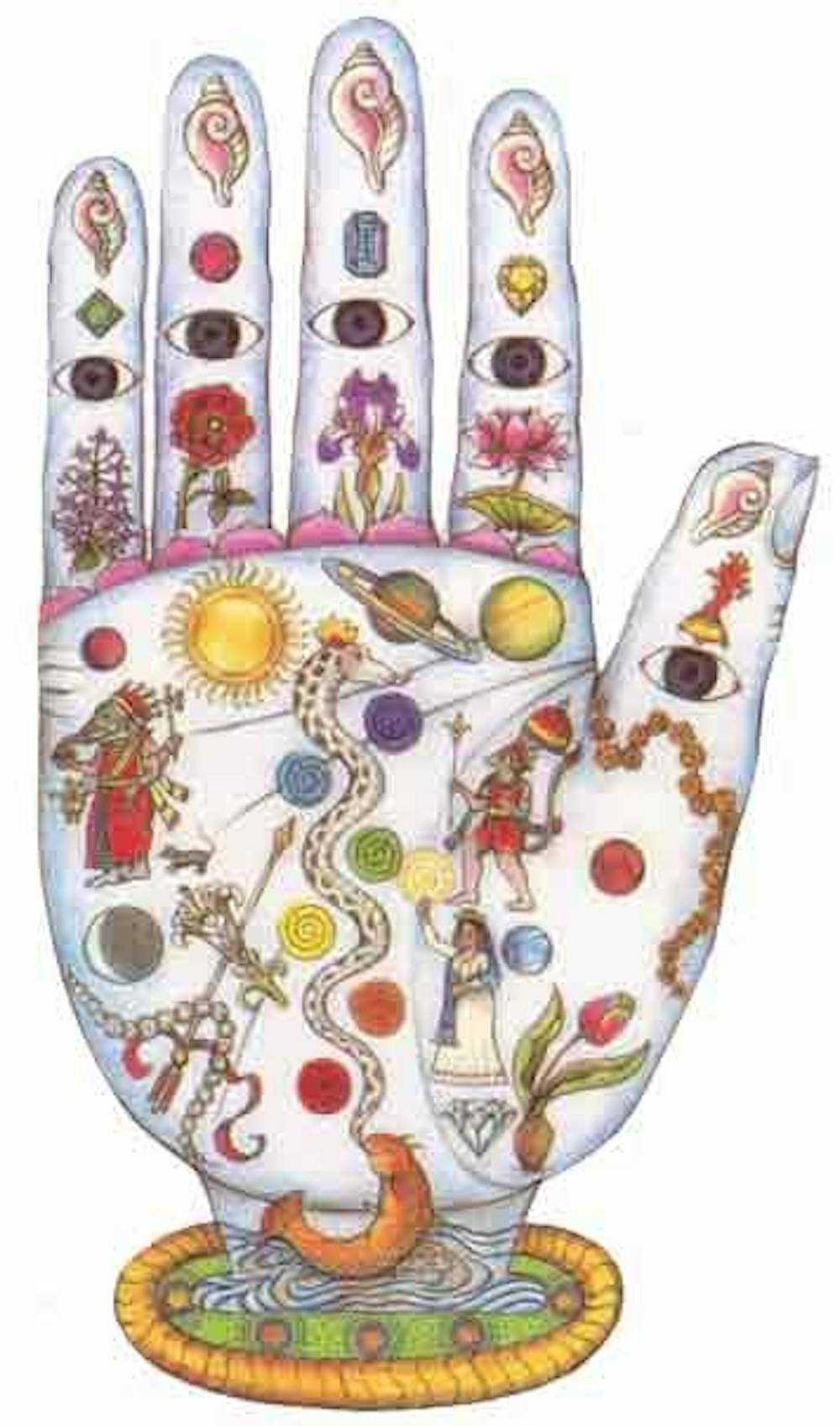With the ending of the fall semester comes either the stress of doomsday finals or anxiety over the impending holiday family time (or both). As stress levels rise, so does the popularity of yoga. Though most know that yoga is relaxing, a lot of those who practice don’t know why it is.
Throughout a yoga session, instructors soothingly offer praises and direction in Sanskrit (since the practice is from India), which is comforting. However, in almost every yoga class I’ve been to, people look around at each other because they don’t understand what’s going on. And why should they? Sanskrit classes aren’t offered in public school.
Blake Boyer, one of the instructors for the on-campus ASU Kundalini Yoga Club, began his practice three years ago when his mother suggested he try it. When we spoke, he explained, “I got such a great natural high from going to class, and was so fascinated by the profound effects. I knew it would be part of my life forever.” After seeing how much good the practice did for him, he thought about what it could do for others and decided to become a yoga instructor. “I [continue] to have these great experiences of feeling connected, present in the moment, and filled with gratitude.”
Here are terms that Boyer explained to me that can prepare you for the next yoga class you take:
Yoga. This seems obvious, but I was surprised to learn that yoga translates to ‘yoke or union.’ It’s about creating a connection to the mind, body, and spirit.
Asana. The direct meaning of this term is ‘seat.’ Seat is interchangeable with the word ‘pose.’ For example, navasana = boat pose, balasana = child's pose, etc.
Kriya. A complete set of actions that have a specific effect.
Bhanda. Refers to the locks applied to body areas. There are basic techniques that accumulate the effects of the efforts of the practitioner and allow equilibrium to be established.
Mudra. A position of the hands that locks or seals and guides energy flow and reflexes to the brain. The hands are an energy map or our consciousness and health.
Adi mantra: Ong Namo Guru Dev Namo. ‘I call upon divine wisdom and the teacher within.’
Namaste. The instructor will usually always say this at the end. Literally means ‘the divine light within me salutes the divine light within you.’ So perhaps you can think of it as ‘I'm awesome. You're awesome, too. That guy over there is awesome, as well. Isn't it awesome that we got through those asanas together?’
Sat Nam. ‘Truth is my identity.’ Sat means truth. Nam is to call upon or identify with or name. As Boyer explained, “We use this Seed Mantra frequently to acknowledge that eternal truth and wisdom within our selves and all others.” (Heads-up, it rhymes with ‘But Mom.’)
The Kundalini Yoga Club offers weekly Thursday classes at Matthews Hall in the Northlight Gallery at 5:30 p.m., so be sure to drop by for a session. Namaste.
If you have any suggestions for what I should check out next, email me at Mary.G.Richardson@asu.edu or follow me on Twitter at MG_Richardson.





